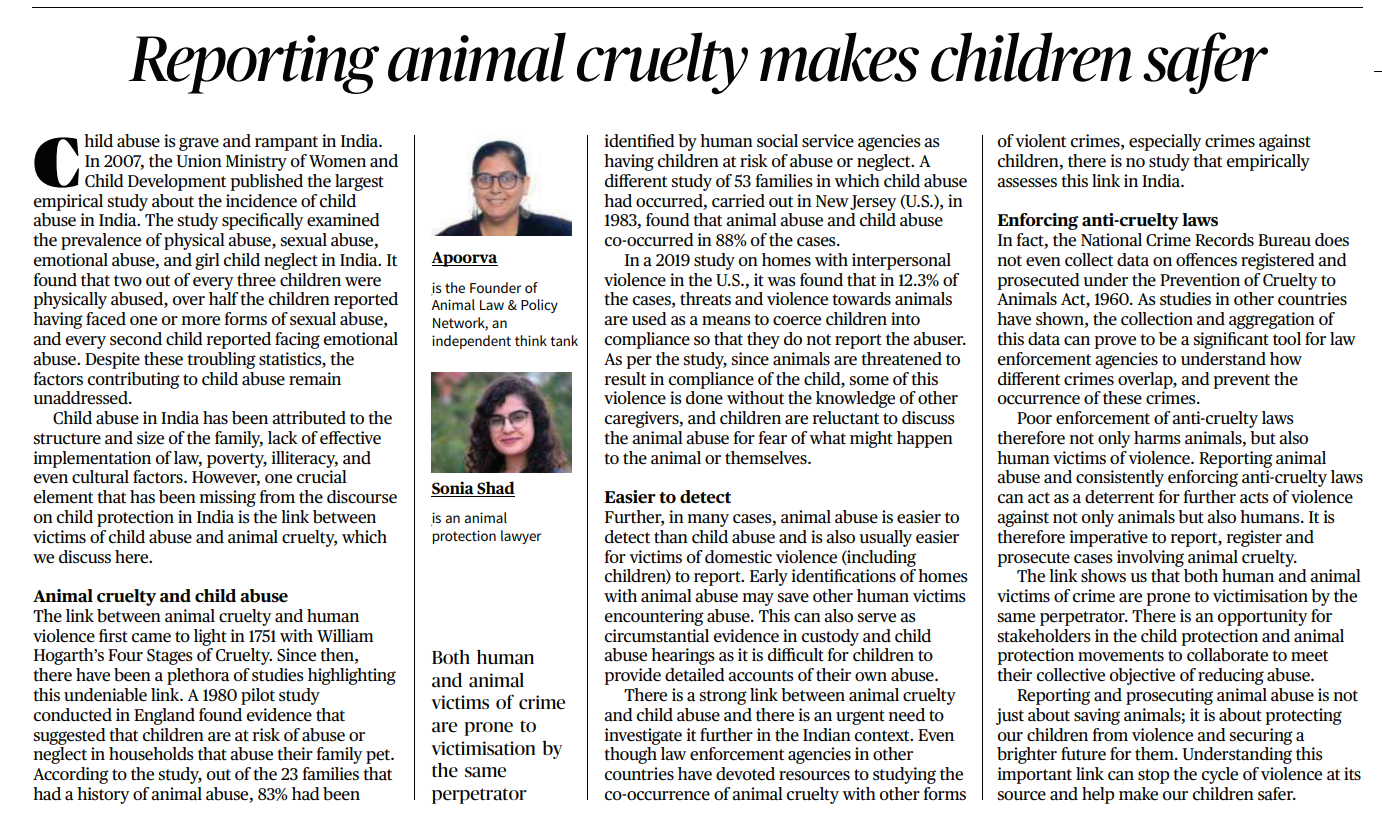Introduction
The editorial analysis explores the Indian and U.S. economies, emphasizing that the primary issue in India is not a lack of growth but inadequate and unsustainable income growth for a significant portion of the population. In the U.S., despite positive economic indicators, public dissatisfaction with income distribution is a key concern.
The Indian Economy: Incomes vs. Growth
- Job Reservations and Data Validity
– Income Challenge: Despite overall GDP growth, a substantial number of Indians face insufficient income growth.
– Debate on Job Creation: Economists, both supporting and opposing the government, question if enough jobs are being created, challenging the accuracy of official data.
- Historical Economic Strategies
– Agriculture to Services Shortcut: The shift from agriculture to services, bypassing manufacturing, has led to a dearth of quality jobs.
– Shortcomings: High-end service jobs demand skills rural populations lack, exacerbating the unemployment issue.
- Quality of Jobs
– Labour Market Dynamics: The challenge lies in the nature of jobs created – they are often low-paying, temporary, lack social security, and hinder skill development.
– Contractual Employment: Even in modern manufacturing, flexible contracts prevail, offering less security and lower wages.
The U.S. Economy: A Dissatisfied Workforce
- Economic Indicators vs. Public Sentiment
– Paradox: Despite positive GDP and employment statistics, a majority of U.S. citizens express dissatisfaction with the economy.
– Labor Concerns: Workers seek fair wages and job security, criticizing excessive CEO compensation amid belt-tightening demands.
Global Economic Paradigm Shift
- Need for New Economic Ideas
– Environmental and Social Focus: The world requires innovative economic concepts for a sustainable and socially harmonious future.
– Economic Restructuring: Emphasis on local, green, and organic models over large-scale global supply chains.
- Valuing Caregiving as Work
– Social Enterprises: Calls for valuing caregivers and shifting focus from profit-centric corporate enterprises to genuine social enterprises.
– Gender Dynamics: Critique of the current economic paradigm for undervaluing women’s informal caregiving work.
- Reimagining Economic Measurements
– Distorted Metrics: Criticism of GDP growth as a sole metric, advocating for reforms that encompass the value of caregiving and informal work.
– Inclusive Policy Development: Policymakers urged to listen to marginalized voices to shape a more inclusive economic paradigm.
Conclusion
The editorial analysis underscores the need for a fundamental shift in economic paradigms, urging policymakers to prioritize social and environmental considerations, value caregiving, and engage with diverse voices to shape a more equitable future.
The emphasis is on creating income opportunities that align with the aspirations of workers, small farmers, entrepreneurs, and women rather than adhering to traditional growth metrics.
Child Abuse in India: A Disturbing Reality
Child abuse in India is a pervasive issue, as highlighted by the Union Ministry of Women and Child Development’s 2007 study.
The study revealed alarming rates of physical, sexual, and emotional abuse, with contributing factors such as family structure, law enforcement gaps, poverty, illiteracy, and cultural elements. Despite these concerning statistics, the root causes of child abuse remain unaddressed.
Overlooked Connection: Child Abuse and Animal Cruelty
An often-overlooked aspect in the discourse on child protection in India is the link between child abuse victims and animal cruelty.
The historical link between animal cruelty and human violence was first brought to light in 1751 by William Hogarth.
Numerous studies since then have reinforced this connection. For instance, a 1980 study in England found that households abusing family pets were more likely to have children at risk of abuse or neglect.
Co-Occurrence of Animal and Child Abuse
- Research from various regions, including New Jersey (U.S.) in 1983 and a 2019 U.S. study, demonstrated a strong co-occurrence of animal abuse and child abuse.
- In some cases, threats and violence towards animals are used to coerce children into compliance, preventing them from reporting the abuser.
- This dynamic is often concealed, making it difficult for caregivers to intervene.
Detecting and Reporting: The Role of Animal Abuse
- Animal abuse is easier to detect than child abuse, providing an avenue for early identification of homes with potential abuse.
- Victims of domestic violence, including children, may find it easier to report instances of animal cruelty, offering crucial circumstantial evidence in custody and child abuse hearings.
Urgent Need for Investigation in the Indian Context
- Despite global awareness of the link between animal cruelty and child abuse, there is an urgent need for empirical studies in the Indian context.
- Law enforcement agencies in other countries have allocated resources to understand the co-occurrence of animal cruelty with violent crimes, particularly those against children. However, India lacks such studies.
Importance of Enforcing Anti-Cruelty Laws
- The National Crime Records Bureau in India does not collect data on offences under the Prevention of Cruelty to Animals Act, 1960.
- This lack of data collection hampers law enforcement’s ability to comprehend the overlap of different crimes.
- Enforcing anti-cruelty laws is not only crucial for animal welfare but also serves as a deterrent for further acts of violence against both animals and humans.
Collaboration for a Safer Future
- Recognizing the shared victimization by the same perpetrator, stakeholders in child protection and animal welfare should collaborate to reduce abuse collectively.
- Reporting and prosecuting animal abuse go beyond saving animals; they are about protecting children from violence and ensuring a brighter future.
Conclusion: Breaking the Cycle of Violence
- Understanding the link between animal cruelty and child abuse presents an opportunity to break the cycle of violence at its source.
By acknowledging and addressing this connection, stakeholders can work towards making children safer and building a society free from abuse.



